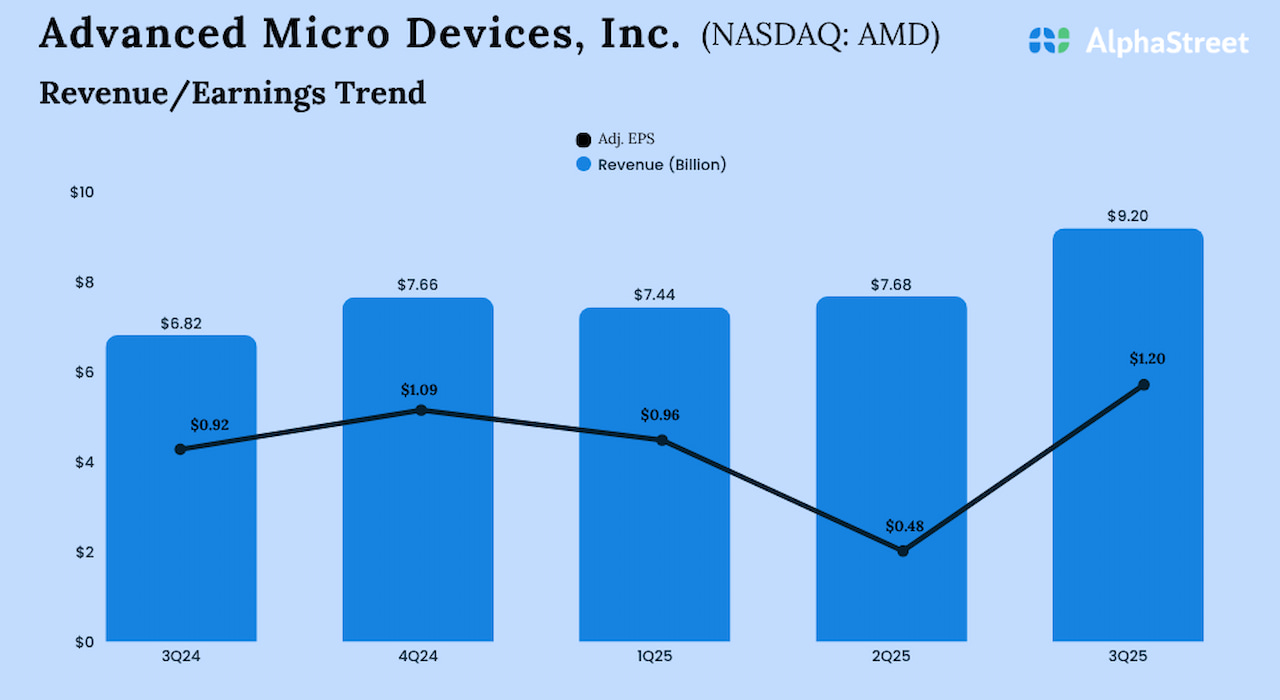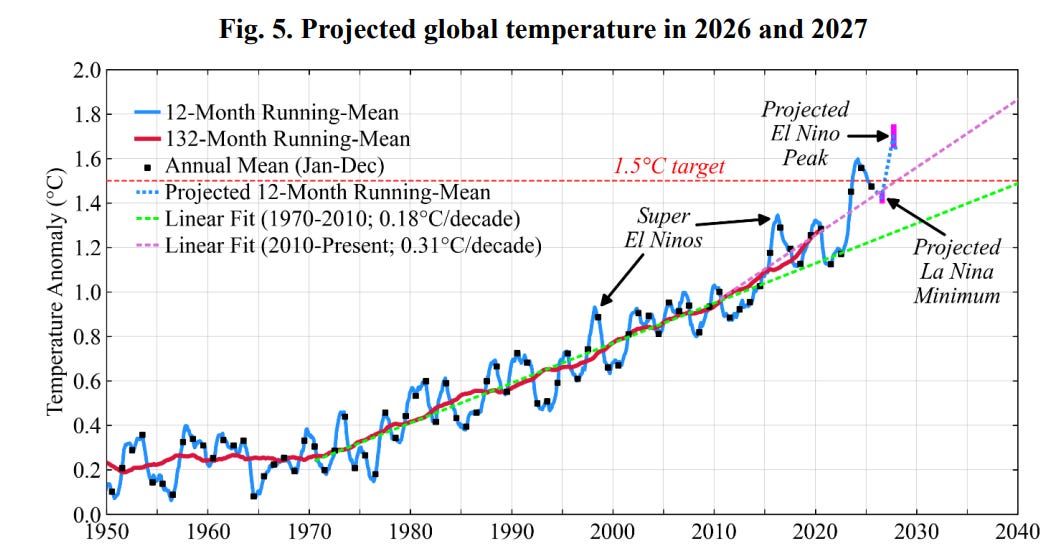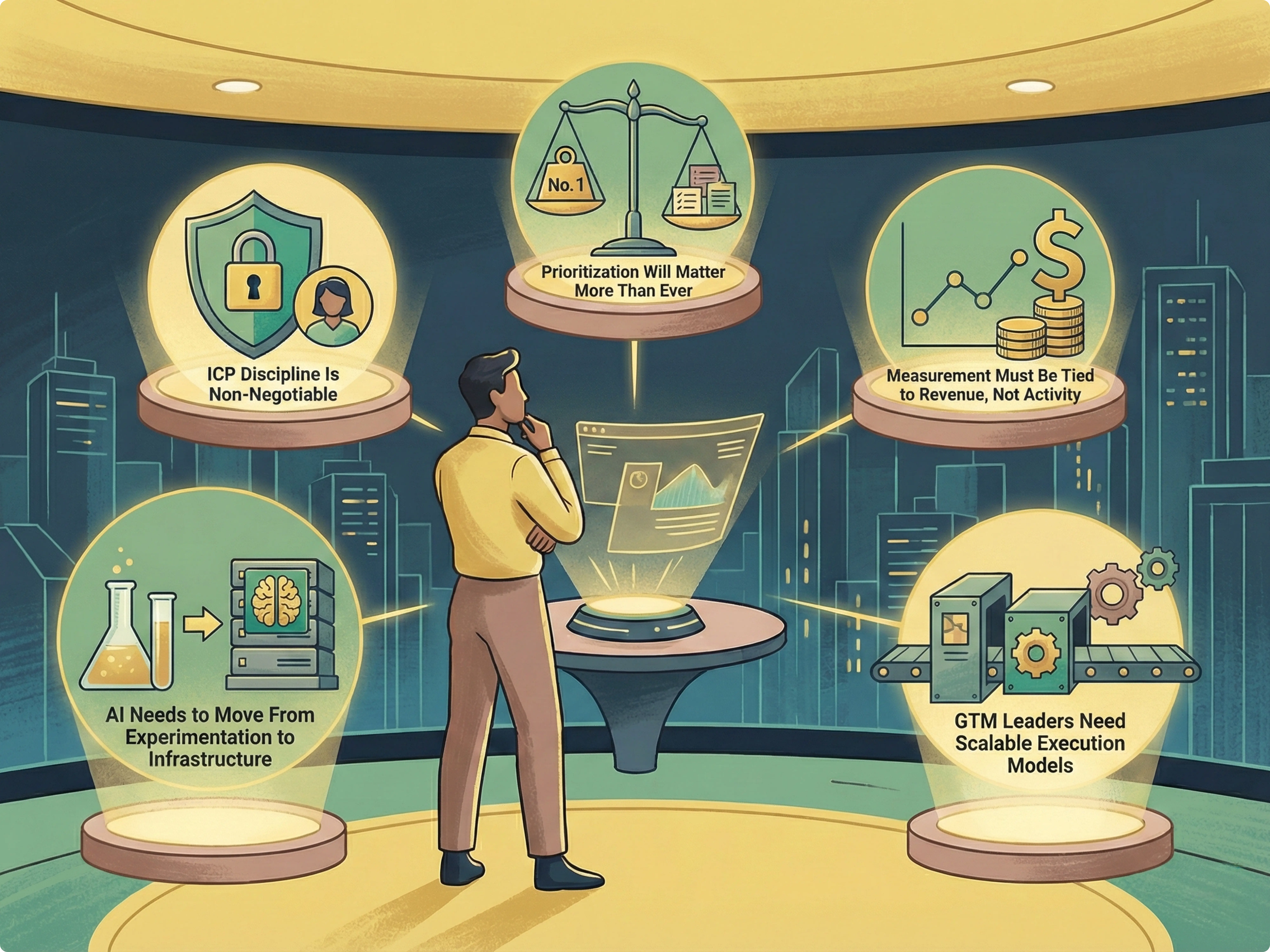Many older adults are shocked to discover that they earn “too much” to qualify for food assistance—even when they’re struggling to afford groceries. The Supplemental Nutrition Assistance Program (SNAP), still often called “food stamps,” is meant to help low-income households meet basic needs. Yet for seniors living on fixed incomes, complex rules and outdated limits can create barriers to help. Here are seven reasons many retirees get denied—and what can be done about it.
1. Income Limits Haven’t Kept Up with Inflation
SNAP income thresholds rise slowly, even as grocery prices soar. The U.S. Department of Agriculture (USDA) caps eligibility at 130% of the federal poverty line for most households, which equals about $1,580 per month for an individual in 2025. But the Bureau of Labor Statistics (BLS) reports that grocery costs have risen more than 25% since 2020. This means many seniors living just above the limit still can’t afford adequate food but don’t qualify for help.
2. Social Security and Small Pensions Count as Full Income
Unlike some aid programs, SNAP counts nearly all forms of income—including Social Security, small pensions, and withdrawals from retirement accounts. This penalizes seniors who saved modestly or receive small monthly benefits. Even a few hundred extra dollars in Social Security can push someone above the limit, leaving them ineligible. The system unintentionally punishes careful savers who live frugally but aren’t technically “poor enough.”
3. Limited Deductions for Medical Expenses
While SNAP allows deductions for certain costs—like rent, utilities, and medical bills—the process is complicated. Many seniors fail to report all out-of-pocket healthcare expenses or don’t keep proper receipts. Without those deductions, their net income appears too high. Yet those same medical costs often consume the bulk of their real budget. Better documentation can make the difference between approval and denial.
4. Home Ownership Can Complicate Eligibility
Owning a home doesn’t automatically disqualify you, but it can reduce perceived need. The USDA Food and Nutrition Service allows home ownership but counts some property-related assets—like additional land or secondary structures—against eligibility limits. Seniors who inherited property or own modest homes outright may appear “wealthy on paper” despite living on very little cash. Asset rules that don’t reflect real liquidity often block aid for those most in need.
5. States Handle Rules Differently
SNAP is federally funded but administered by states, leading to wide variation in income and deduction rules. Some states have expanded “broad-based categorical eligibility,” allowing higher income limits—while others have not. Seniors moving from one state to another often find their eligibility suddenly revoked or reduced. Understanding your state’s specific version of SNAP is key before applying.
6. Complex Applications Discourage Many Seniors
SNAP applications can be long, confusing, and document-heavy. Eligible seniors sometimes don’t complete their applications due to frustration or lack of technical access. Digital-only portals can be especially tough for those without reliable internet or devices. Advocacy groups recommend in-person help from local aging agencies or food banks to navigate the process successfully.
7. Outdated Perception of “Need”
SNAP’s design still reflects the assumptions of decades past—when food costs were lower and medical or housing expenses made up smaller portions of income. The formula doesn’t reflect modern realities for retirees facing high rent, prescriptions, or caregiving costs. Seniors who appear “comfortable” by the numbers may still face real food insecurity. Reform advocates continue pushing for updated eligibility thresholds that match today’s economy.
The System Isn’t Broken—Just Behind the Times
SNAP remains a vital safety net, but its structure hasn’t caught up with retirees’ actual living expenses. Seniors who understand the rules and document medical or housing costs carefully have the best chance of qualifying. Until the system modernizes, persistence and accurate paperwork are your best tools for securing help.
Have you or someone you know struggled to qualify for SNAP despite tight finances? Share your experience or advice in the comments—it might help someone else navigate the process.
You May Also Like…
Why More Middle-Class Families Are Turning to Food Pantries
9 Foods to Reduce to Lower Blood Pressure Without Drugs
These 7 Food Label Terms Are Meaningless, But Legally Allowed
These 10 Foods Practically Never Expire—Stock Up While You Can
11 Fast-Food Menu Swaps That Cost Exactly $0 and Taste Way Better Than the Combo






























